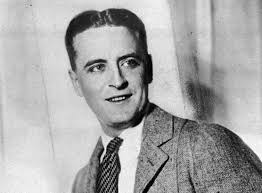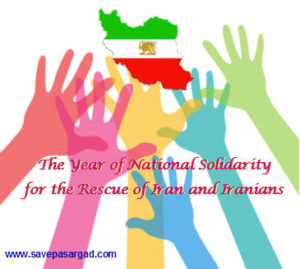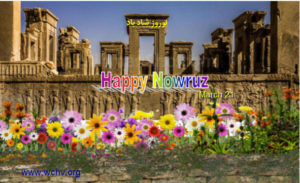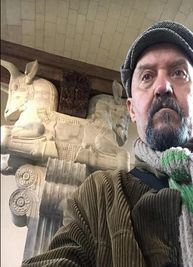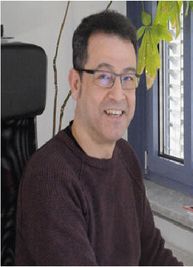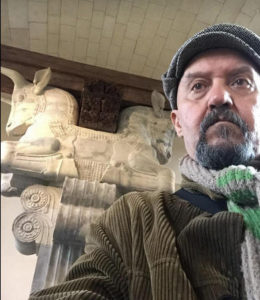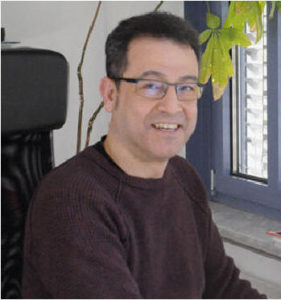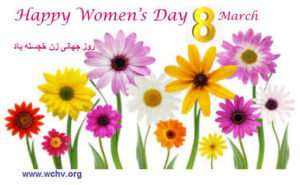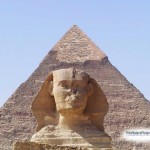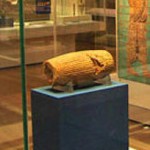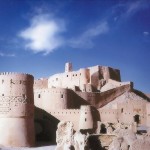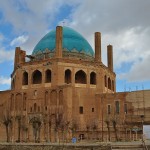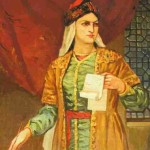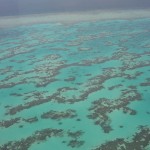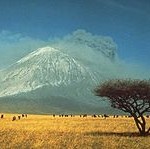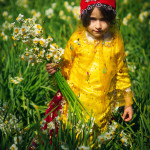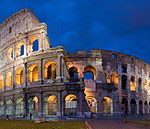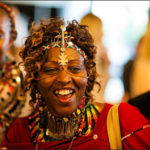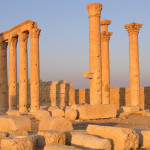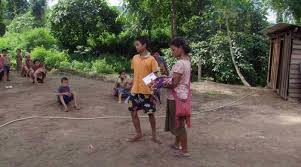 As we recognize the courage of human rights defenders everywhere, let us commit to protect those who seek truth and justice, and provide victims with effective remedies and restore their dignity.
As we recognize the courage of human rights defenders everywhere, let us commit to protect those who seek truth and justice, and provide victims with effective remedies and restore their dignity.
UN Secretary-General António Guterres
The Right to the Truth
The right to the truth is often invoked in the context of gross violations of human rights
and grave breaches of humanitarian law. The relatives of victims of summary executions, enforced disappearance, missing persons, abducted children, torture, require to know what happened to them. The right to the truth implies knowing the full and complete truth as to the events that transpired, their specific circumstances, and who participated in them, including knowing the circumstances in which the violations took place, as well as the reasons for them.
Background
On 21 December 2010, the United Nations General Assembly proclaimed 24 March as
the International Day for the Right to the Truth concerning Gross Human Rights
Violations and for the Dignity of Victims.
The date was chosen because on 24 March 1980, Archbishop Oscar Arnulfo Romero of
El Salvador was assassinated, after denouncing violations of human rights.
In a study conducted in 2006 the Office of the UN High Commissioner for Human Rights
concluded that the right to the truth about gross human rights violations and serious
violations of human rights law is an inalienable and autonomous right, linked to the duty
and obligation of the State to protect and guarantee human rights, to conduct effective
investigations and to guarantee effective remedy and reparations.
The study affirms that the right to the truth implies knowing the full and complete truth as to the events that transpired, their specific circumstances, and who participated in them, including knowing the circumstances in which the violations took place, as well as the reasons for them.
In a 2009 report on the Right to the Truth , the Office of the UN High Commissioner for
Human Rights identified best practices for the effective implementation of this right, in
particular practices relating to archives and records concerning gross violations of human rights, and programmes on the protection of witnesses and other persons involved in trials connected with such violations.
The Commission on the Truth for El Salvador was established in accordance with the
Mexico Agreements of 27 April 1991 to investigate serious acts of violence that had
occurred since 1980 and whose impact on society was deemed to require an urgent public knowledge of the truth. In its report of 15 March 1993 , the Commission documented the facts of the assassination of Archbishop Oscar Arnulfo Romero by pro-government forces, the so-called “death squads”. He was shot dead by an assassin as he celebrated mass on 24 March 1980.
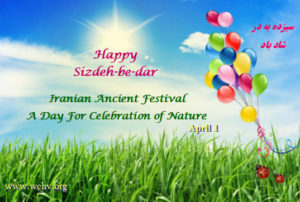 Sizde-be-dar is an Iranian festival, celebrated in the thirteenth day of Nowruz (Iranian New year and first of Spring).
Sizde-be-dar is an Iranian festival, celebrated in the thirteenth day of Nowruz (Iranian New year and first of Spring).

